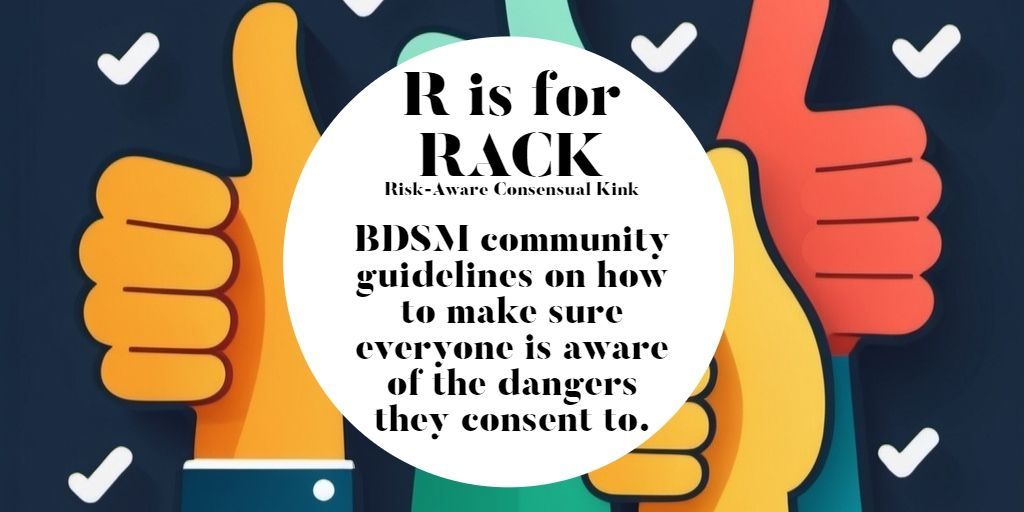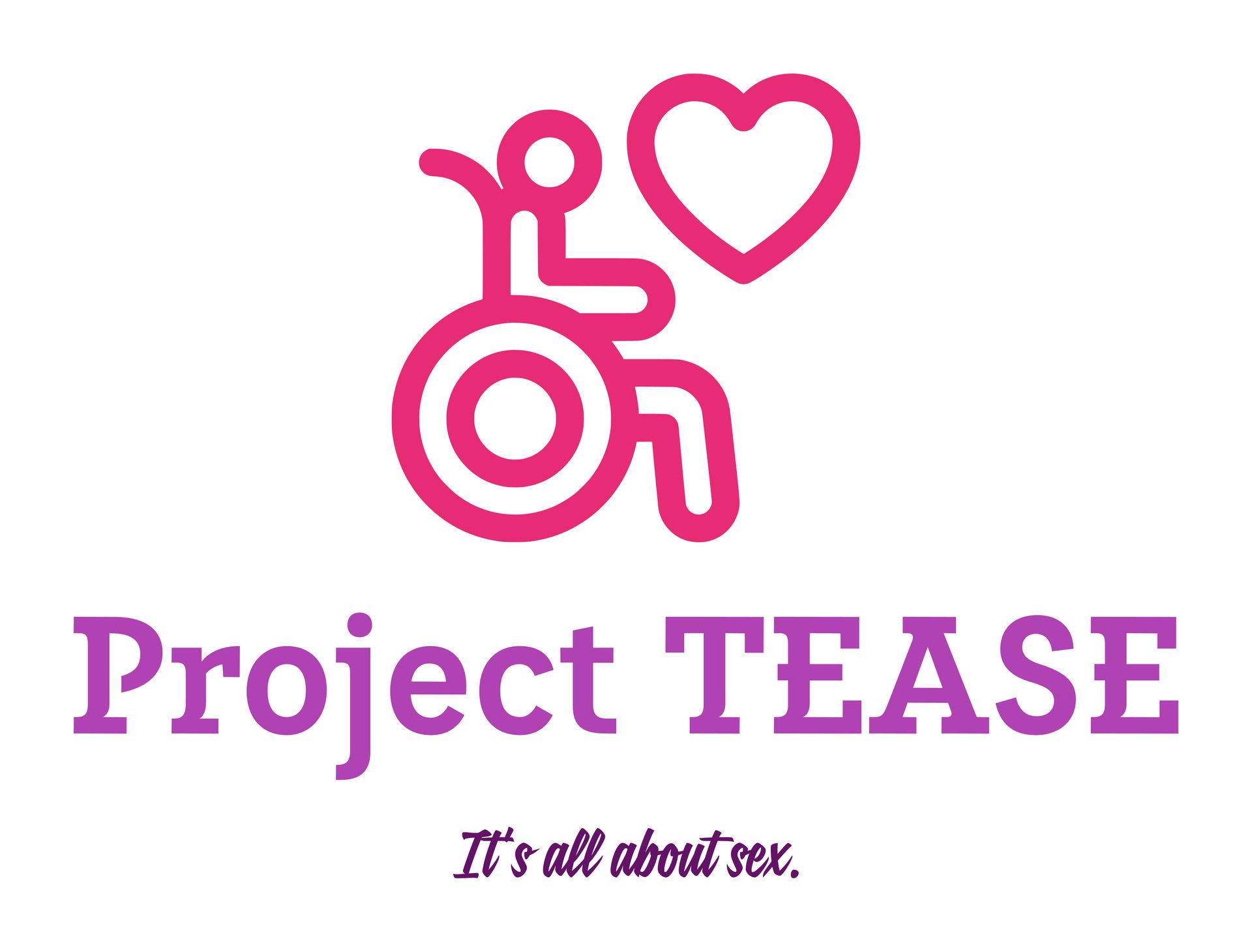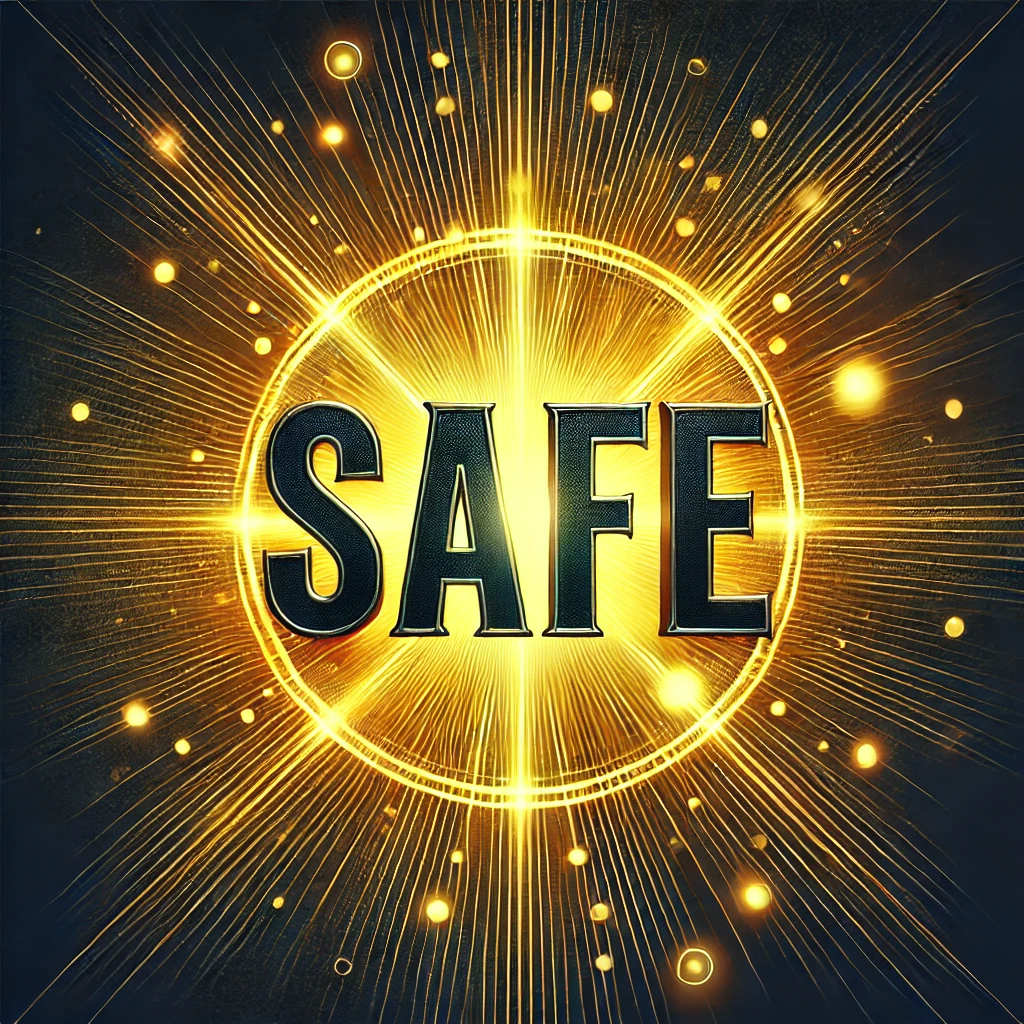Quill & Chill
R is for RACK

Navigating the ABCs of BDSM Safety Frameworks
Welcome to another exciting blog in our ABCs of BDSM education series! There are tons of acronyms in BDSM (obvs!) but today, we're diving into the crucial topic of
safety
in BDSM play. While BDSM can be thrilling and fulfilling, it's essential to approach it with awareness and caution. Safety doesn't have to be boring—in fact, understanding and implementing these frameworks, even in your vanilla (non-kink) interactions, can enhance your experience and ensure everyone has a fantastic time. Let's explore the most common safety guidelines: RACK, SSC, PRICK, and the 4Cs.
The Importance of Safety in BDSM
Before we dive into the frameworks, let's talk numbers. Studies indicate that around 1 in 7 BDSM practitioners have experienced an injury during play. While many of these injuries are minor, some can be more severe, emphasizing the need for robust safety measures. With that in mind, let's get into the nitty-gritty of how to stay safe while having fun.
(๑´ლ`๑)♡
RACK: Risk Aware Consensual Kink
RACK stands for Risk Aware Consensual Kink, emphasizing that all parties are aware of the risks involved in their activities and consent to them.
Definitions
⛓ Risk Aware: Both parties understand the potential dangers involved in their play.
⛓Consensual: All activities are agreed upon by everyone involved.
⛓Kink: Any non-conventional sexual practice.
Origin and History
RACK emerged in the late 1990s as a response to criticisms of SSC being too restrictive. It acknowledges that some BDSM activities carry inherent risks and that informed consent is paramount.
Setting/Dynamics
RACK is most commonly used in more extreme forms of play where the risks are higher.
More Info
Check out this article on Kinkly for more on RACK.
(ღ˘⌣˘ღ)
SSC: Safe, Sane, and Consensual
SSC stands for Safe, Sane, and Consensual, focusing on ensuring activities are as safe as possible, performed by mentally sound individuals, and agreed upon by all parties.
Definitions
𓍯𓂃𓏧 Safe: Activities should not cause harm or injury.
𓍯𓂃𓏧 Sane: Participants should be in a clear state of mind to make informed decisions.
𓍯𓂃𓏧 Consensual: All actions must be mutually agreed upon.
Origin and History
SSC was one of the earliest safety frameworks, developed in the 1980s to provide a standard for BDSM activities.
Setting/Dynamics
This framework is often used in general BDSM play and is particularly popular among newcomers.
More Info
Dive deeper with this article on BDSM.org.
(๑´ლ`๑)♡
PRICK: Personal Responsibility Informed Consensual Kink
PRICK stands for Personal Responsibility Informed Consensual Kink, highlighting the importance of personal accountability in BDSM.
Definitions
⚯ Personal Responsibility: Each person is accountable for their actions and safety.
⚯ Informed: Participants are educated about the risks and rewards.
⚯ Consensual: All actions are agreed upon.
⚯ Kink: Any non-conventional sexual practice.
Origin and History
PRICK is a more recent addition to BDSM safety frameworks, emphasizing the personal responsibility of each individual involved.
Setting/Dynamics
This framework is often used in high-risk scenarios where individual accountability is critical.
More Info
Learn more about PRICK on this blog.
(ღ˘⌣˘ღ)
CCCC: Caring, Communication, Consent, Caution
CCCC stands for Caring, Communication, Consent, Caution, focusing on a holistic approach to safety, especially in Master/slave dynamics.
Definitions
୭ Caring: Ensuring the well-being of all parties involved.
୭ Communication: Open and honest dialogue about desires, limits, and concerns.
୭ Consent: Mutual agreement on all activities.
୭ Caution: Taking steps to minimize risks.
Origin and History
The 4Cs framework was developed to address the specific needs of Master/slave relationships, where power dynamics require additional care.
Setting/Dynamics
Most commonly used in Master/slave and other power exchange relationships.
More Info
For more on the 4Cs, check out this article.
Discussing Safety with Your Partner
When discussing safety with your partner, it's essential to:
⛓ Communicate Openly: Share your limits, boundaries, and any concerns.
⛓ Set Clear Expectations: Define what is acceptable and what is not.
⛓ Regular Check-Ins: Continuously check in with each other during play.
Warning Signs of Unsafe Partners
Be cautious if a partner:
𓍯𓂃𓏧 Ignores or dismisses your limits.
𓍯𓂃𓏧 Refuses to discuss safety measures.
𓍯𓂃𓏧 Pressures you into activities you're uncomfortable with.
Final Thoughts: Have Fun, Safely!
Remember, BDSM is all about mutual enjoyment and exploration. By following these safety frameworks, you can ensure that your experiences are not only thrilling but also secure. Now, get out there and have some safe, consensual fun!
Stay tuned for more exciting, edgy, and educational content, but remember, safety first!











